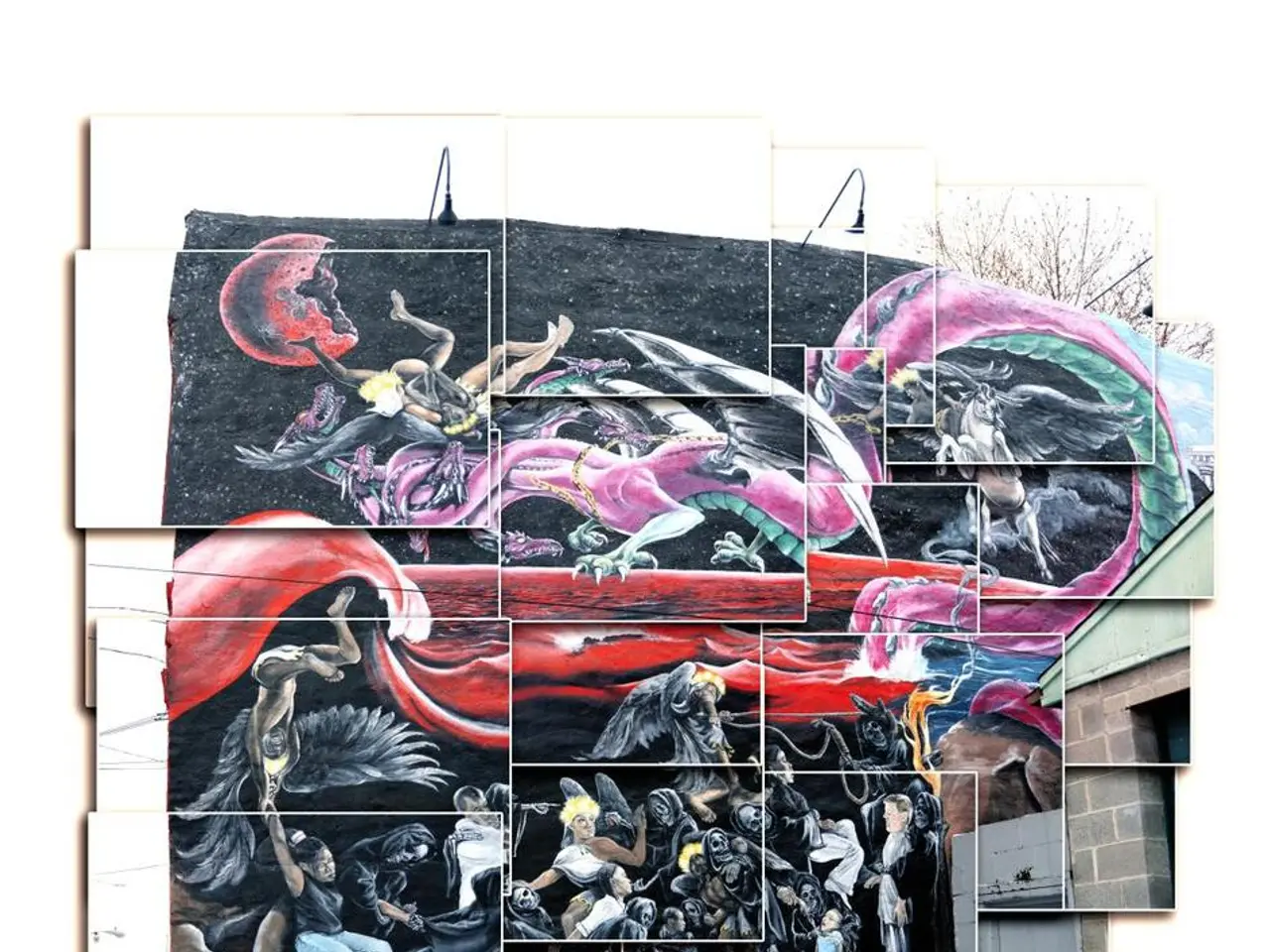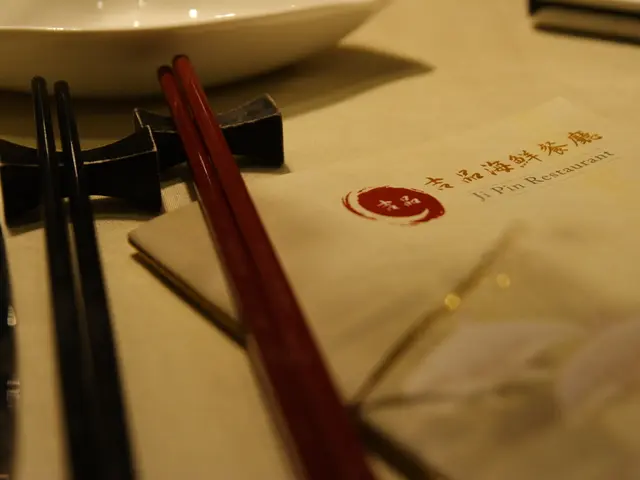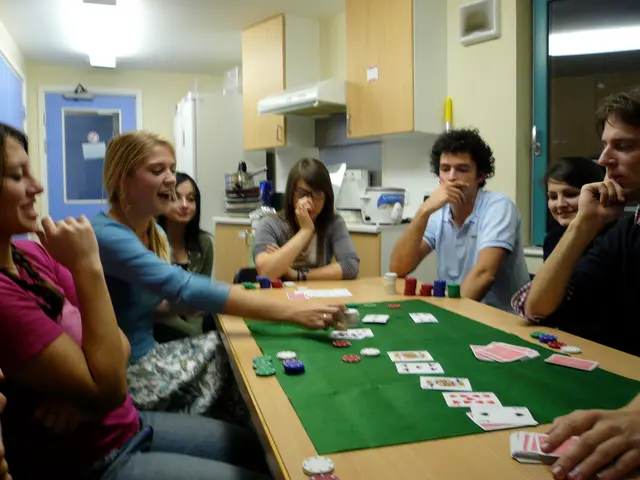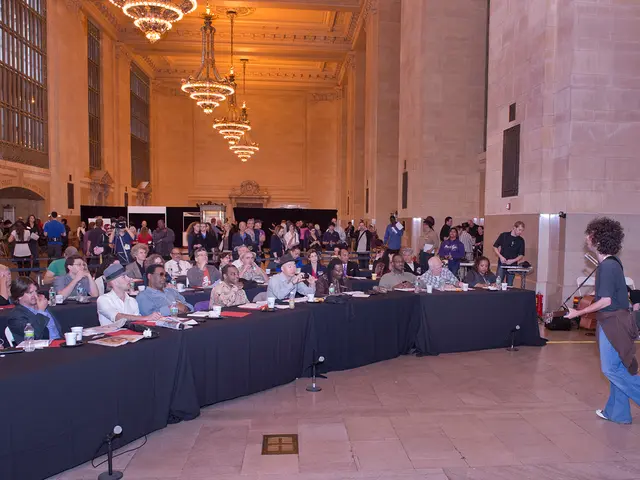Blackjack Manipulation: Blatant Deception, or Cunning Strategy for Gaming Victory?
===========================================================================================
In the world of high-stakes gambling, edge sorting has become a controversial topic, especially in the game of baccarat. This technique, used by Phil Ivey and his associate Cheung Yin Sun, involves exploiting subtle patterns or inconsistencies on the backs of playing cards to gain an advantage.
Edge sorting was famously employed by Ivey during high-stakes baccarat sessions at London's Crockfords Casino in 2012 and later at the Borgata Casino in Atlantic City. By carefully observing the backs of cards and strategically rotating them, Ivey could identify high-value cards like 10s and face cards, providing a significant reduction in the house edge.
Ivey's use of edge sorting resulted in impressive winnings. At Crockfords, he took home £7.7million ($9.6 million), while at Borgata, he won around $10 million. However, both casinos took legal action to recover the money, claiming that Ivey's method was cheating due to the manipulation of dealers to arrange the cards in a way that gave him an unfair advantage.
The courts ruled against Ivey, deciding that his method was cheating. The ruling distinguished between merely spotting differences and manipulating the game setup to exploit those differences. Ivey, however, maintained that he saw nothing wrong with edge sorting, arguing it was legitimate "gamesmanship" rather than cheating.
Despite the legal disputes, edge sorting remains a contentious issue in the gambling world. While it is not illegal, casinos may not allow it and may refuse to pay winnings if they catch players using it. The case of Phil Ivey has brought wide public attention to edge sorting and raised ongoing debates about the definition of cheating in casino games.
Edge sorting requires defective decks of cards with asymmetrical patterns or cuts, and it works best in punto baccarat, a variation of baccarat. For the technique to work effectively, casinos must use automatic card shufflers. Ivey and his accomplice would request specific brands of playing cards with distinct patterns on the back, such as a white circle, and would ask to use a shuffling machine and keep using the same decks.
In a recent development, Borgata Casino seized $124,410 in winnings from Ivey at the 2019 World Series of Poker. Ivey, who never once tried to deny they were using edge sorting, took Crockfords to court asking for his winnings to be paid in full. However, the UK courts concluded he was purposefully dishonest, and the court decided Borgata was in the right, giving the casino the green light to go after Ivey's assets.
In summary, edge sorting is a technique used in baccarat to exploit subtle patterns or inconsistencies on card backs to identify card values, reducing the house edge significantly and turning the odds in the player's favour. Although it is not illegal, casinos may not allow it and may refuse to pay winnings if they catch players using it. The case of Phil Ivey has brought wide public attention to edge sorting and raised ongoing debates about the definition of cheating in casino games.
In the context of gaming and gambling, pokerenthusiast Phil Ivey found success not only in poker tournaments but also in casino-games like baccarat, where he employed the edge-sorting technique. This strategy, often associated with casino-and-gambling, allowed him to identify high-value cards, creating an advantage over the casino and leading to impressive winnings in casino settings such as the Crockfords and Borgata Casinos.






